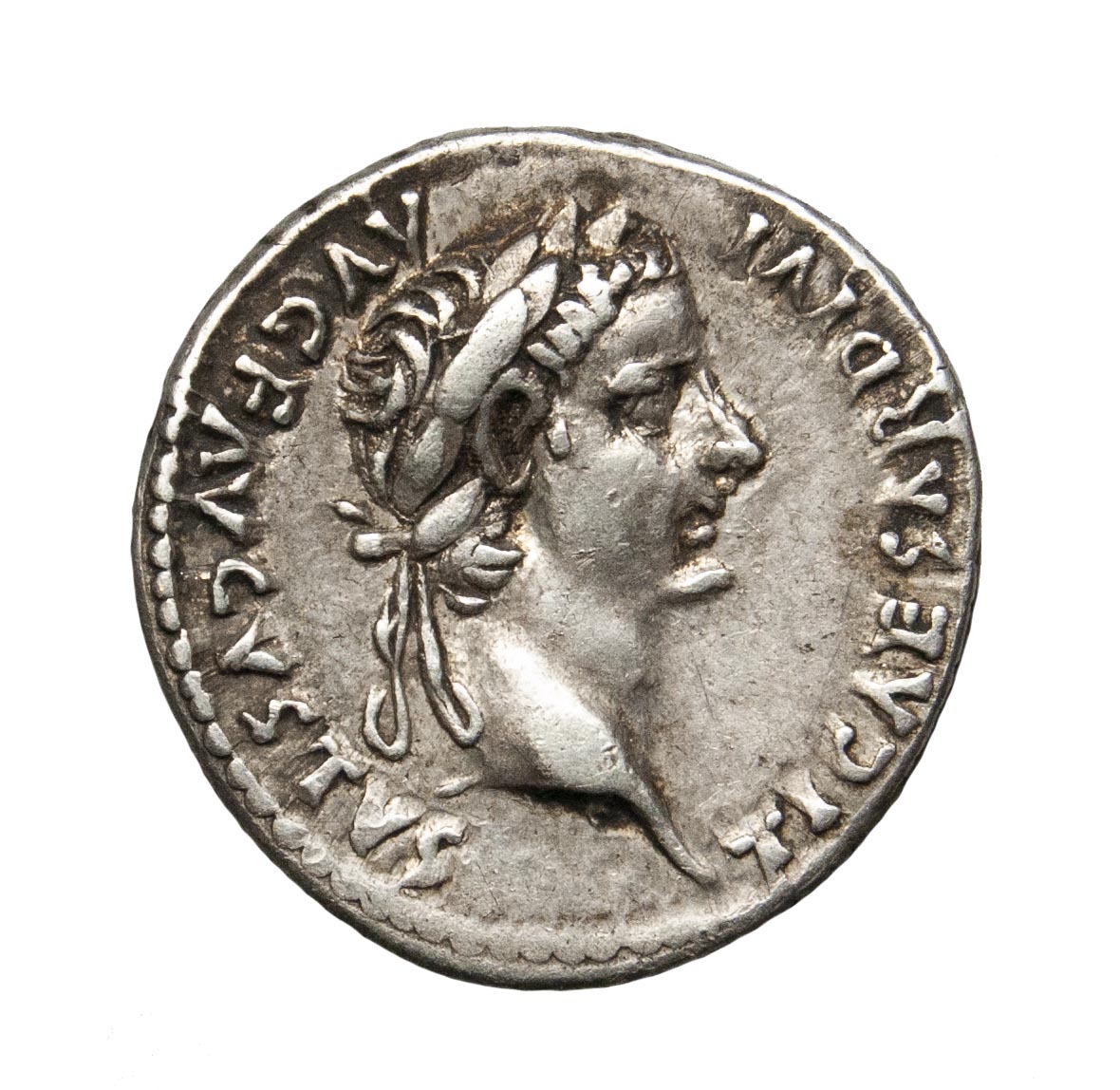

The inscription is “TI CAESAR DIVI AVG F AVGVSTVS,” an abbreviation of “TIBERIVS CAESAR DIVI AVGVSTI FILIVS AVGVSTVS” - “Tiberius Caesar, Son of the Divine Augustus, Augustus.” The coin honours Caesar’s authority as a conqueror.īy asking, “Whose is this image?” the Lord Jesus drew their attention to this image and forced them to acknowledge it as Caesar’s. The conquering commander would wear a laurel wreath. The Romans held a “triumph” to celebrate military victories, a parade to display the captives and spoils of war and honour the victors. The head is Tiberius Caesar with a laurel wreath. “PONTIF MAXIM” on the coin claimed imperial authority over worship.

By the time of Tiberius, the emperor was the high priest. The inscription “PONTIF MAXIM” is a shortened version of “Pontifex Maximus,” the high priest of the idolatrous Roman state religion (ironically, the popes now informally use this title). Given the religious inscription, it might be Livia portrayed as a goddess - flattery is not a modern invention, after all. The seated woman may be Livia (wife of Augustus and mother of Tiberius), Justitia (goddess of justice), or Pax (goddess of peace). The Reverse of the CoinĪlthough our Lord apparently focused on the front, the back also is interesting.

He had reigned for almost twenty years, so many denarii in circulation would have been his, and the coin they brought to Jesus probably looked exactly like this. They show Tiberius Caesar, the emperor when Christ was crucified. I don’t know if this picture is the coin in room 68, but the Tiberius denarii are all similar ( details). The Greek word for “penny” is denarius, a Roman coin. 18 But Jesus perceived their wickedness, and said, Why tempt ye me, ye hypocrites?ġ9 Shew me the tribute money.


 0 kommentar(er)
0 kommentar(er)
